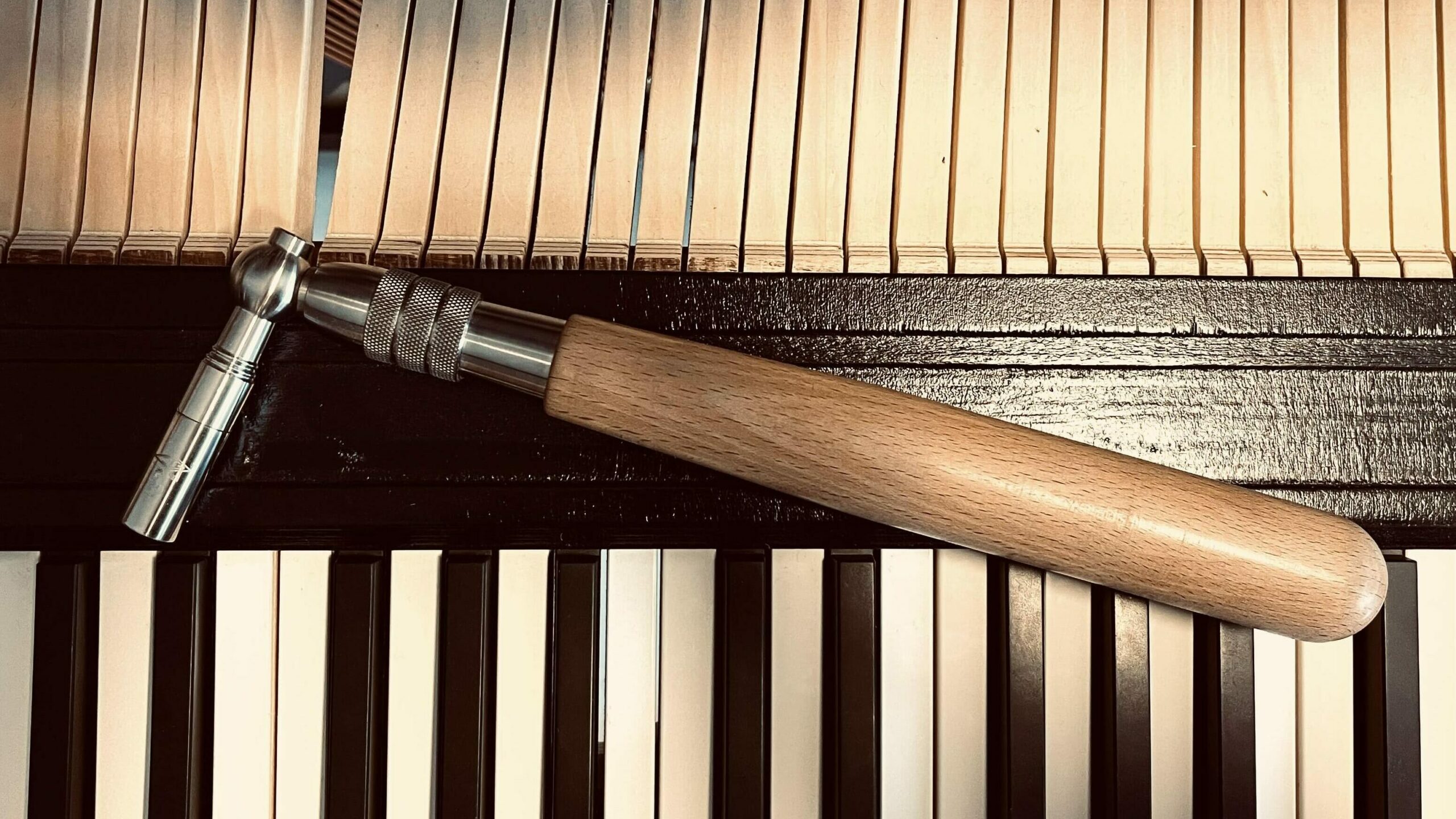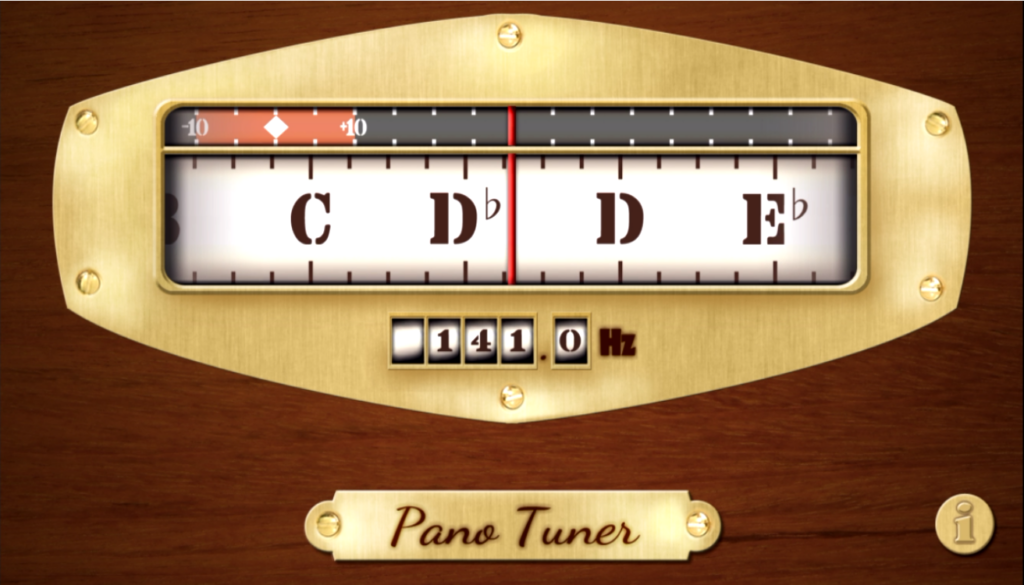In this post, I’ll go through the details and everything you need to know about piano tuning:
- the mechanics of tuning,
- the cost of tuning a piano,
- the necessary tools you need,
- whether you can tune your piano yourself,
- how long it takes,
- how often you need to have your piano tuned
If you’ve recently gotten an acoustic piano for your home, if it’s and upright or a grand piano, you will need to have it tuned every so often. That’s just how it is! This guide will take you through different options of having it tuned by a professional, touching it up occasionally in a DIY fashion, and doing all the tuning yourself.
The cost
Typically ranging around $100 to $250, a professional tuning isn’t peanuts! You can expect a general professional hourly rate in your country, times 2 for a rough estimate of the cost. Understandably, piano technicians train for years and years to be able to service and tune pianos well.
Other jobs include voicing the hammers, regulating the action, and replacing broken strings. These are definitely things you wouldn’t want to go the DIY way, alone.
Of course, prices vary depending on the state of the instrument, and how often it was tuned.
How long does it take?
Anywhere between 1-4 hours, again varying according to how the piano is generally kept. The Keybird on the other hand, takes approximately 15 minutes, due to the single string layout.
How often do you need to have your piano tuned?
A good rule of thumb is no less than once per year. This is usually recommended for moderate everyday use. Professional pianists have their pianos tuned once in a quarter, while concert venues often tune their instruments before every concert. Remember- if the instrument is taken care of regularly, tuning becomes much less effort, and it will hold the tuning for longer.
Due to the portability and lightweight design, Keybird works well if you can tune it once a week in the beginning, and then as you see how it settles and keeps the tuning, decrease the frequency to approximately once a month. Out of the box, it definitely needs some care in the first few days. Read more about tuning your Keybird here.
Tools and Mechanics
If you are tuning a Keybird, all you need is your included tuning lever, and a free mobile app called Pano Tuner, which you can get on Play Store or Apple store


In the case of other, traditional pianos, you need to use rubber or felt mutes to mute strings, so you can properly tune one string at a time. This is because with conventional upright pianos and grand pianos, a third of the keyboard has two or three strings per key. This means not only do you have to tune different tones in relation with each other, but have a consistent pitch on the three individual strings the hammers are hitting! On top of that, the fine adjustment needed between corresponding strings can not be done with a tuning app, you have to rely on your hearing to get good results.
With Keybird, we have eliminated this for weight loss, so it has only one string per key all the way up on the keyboard. This means using merely a free tuning app and your tuning lever can yield very positive results. More on how to tune your Keybird here
To conclude, generally, piano tuning can be done by yourself with good results. That said, it requires a lot of patience at first, and mistakes can lead to broken strings, and frustration.
If you plan on giving a concert, or notice that the instrument doesn’t hold its tuning, consult with a professional piano tuner.
Source: http://piano.detwiler.us/